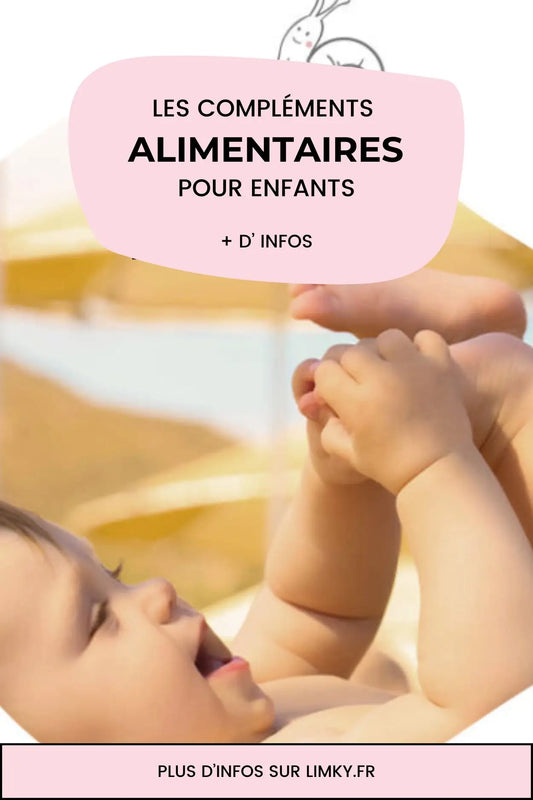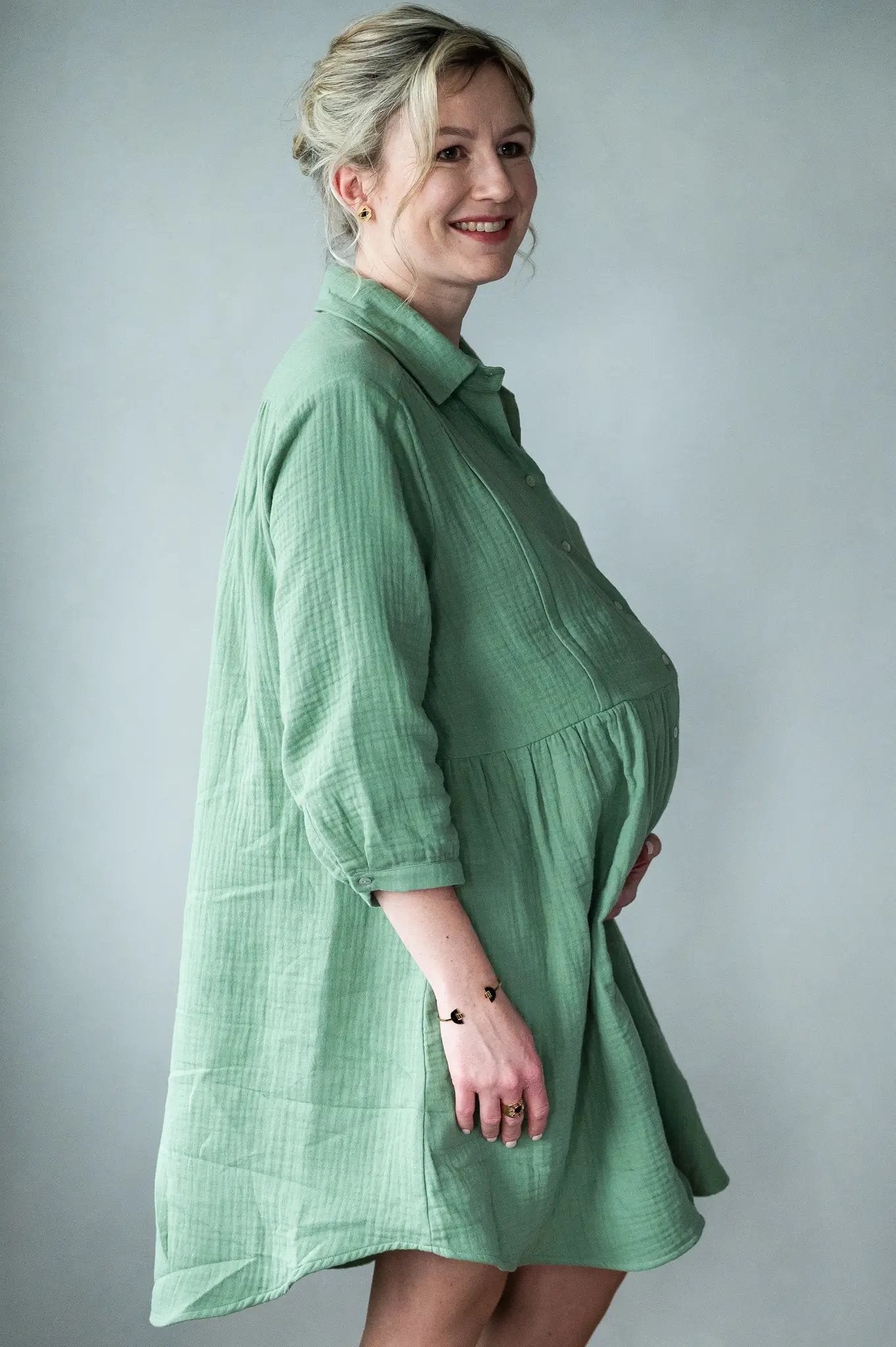
How to properly position and attach the baby to the breast?
Share
How to Properly Position and Attach Baby to the Breast: Practical Guide
Correct positioning and attachment of your baby to the breast are essential for successful and comfortable breastfeeding. In this practical guide, we will explain the steps to correctly position and attach your baby to the breast, with an emphasis on comfort and effective feeding. Follow these tips, approved by breastfeeding health professionals, to promote a pleasant breastfeeding experience for you and your baby.
1. Prepare in a calm environment
Choose a quiet place where you feel comfortable to breastfeed your baby. Make sure you have everything you need within reach, such as a nursing pillow or nursing cushion to support your arm and back. Also, bring a water bottle to keep you hydrated while feeding.
2. Adopt a comfortable position
Find a comfortable sitting position, whether semi-reclining, in a traditional position with a support pillow, or using the rugby ball position. Make sure your back is well supported and you are relaxed. You can use cushions or pillows to help you find the most comfortable position.
3. Bring your baby closer to the breast
Bring your baby close to your breast by placing them facing you, aligning their nose with your nipple. Make sure they are facing you, with their tummy against yours. As you bring your baby close to the breast, support their neck and back with your hand to ensure a good fit.
4. Wait for a wide open mouth
Gently stimulate your baby's lips with your nipple. Wait until your baby's mouth opens wide, as if yawning, before bringing it to the breast. This will allow your baby to take a large amount of areola into their mouth, making it easier to suckle and reducing the risk of nipple pain.
5. Position the baby for a deep latch
When your baby's mouth is wide open, quickly bring your baby closer to the breast by placing your hand behind their head for support. Make sure their mouth covers as much of the areola as possible, not just the nipple. This will ensure effective suction and good milk stimulation.
6. Observe the signs of effective breastfeeding
Once your baby is attached, watch for signs of effective latching. You should see regular swallowing movements, hear rhythmic sucking sounds, and see your baby's cheeks fill out during the feed. These signs indicate that your baby is getting enough milk and that the feed is going well.
7. Be patient and practice
Proper attachment can take some time and practice, especially at first. Be patient with yourself and your baby. Don't hesitate to ask a lactation consultant for help if you have any difficulties. Breastfeeding is a learning process for you and your baby, so don't get discouraged and keep practicing.
Conclusion: A Serene and Fulfilling Breastfeeding
Proper positioning and proper attachment of your baby to the breast are essential for a successful and comfortable latch. By following these steps and listening to your baby's cues, you can promote a peaceful and fulfilling breastfeeding experience. Remember to take care of yourself and ask for help if you need it. Breastfeeding is a special time that allows you to create a unique bond with your baby, so make the most of it.
If you are wondering if your baby is getting enough breast milk, I invite you to check out this article here.






















